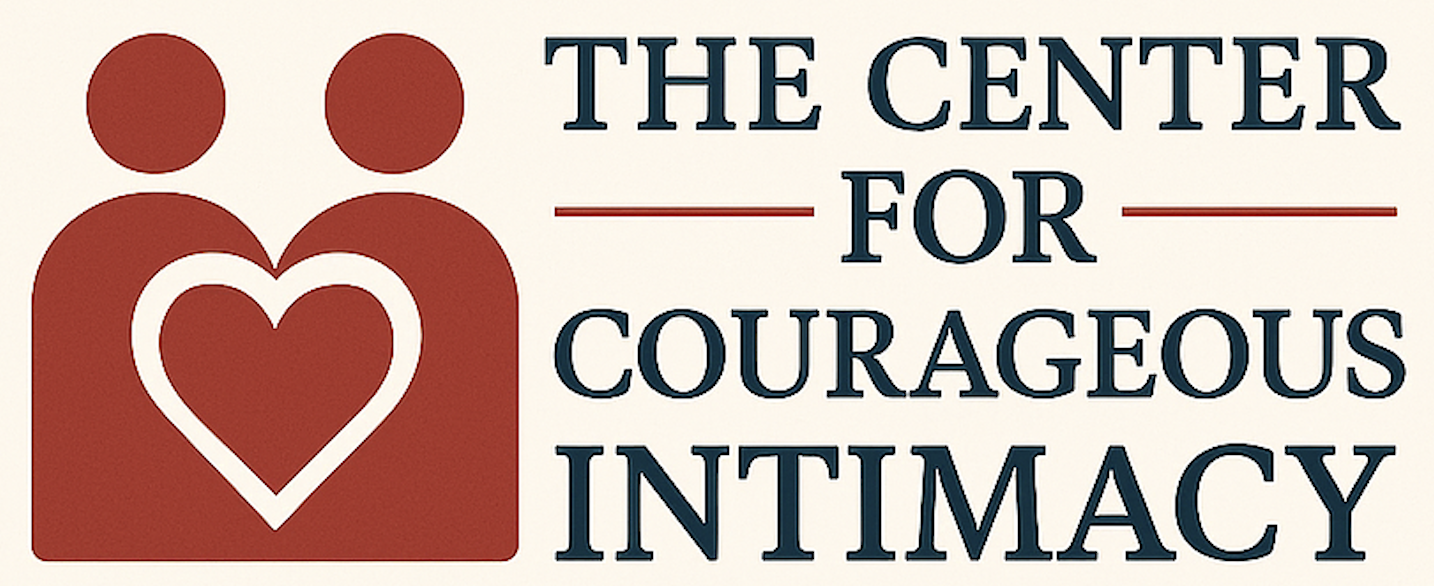How to Navigate Difficult Conversations at Work: Insights from My Forbes Interview
I was interviewed for a Forbes article by Bryan Robinson, Ph.D., on a topic I care deeply about: how to have difficult conversations at work. I shared practical, compassionate strategies that leaders and employees can use to face the conversations they’d rather avoid. These are the kinds of skills I’ve been teaching for years, so it was exciting to see them highlighted on a national platform.
Here’s a deeper look at the five steps from the article, with examples of how I use them when coaching leaders and teams.
1. Identify What’s at the Heart of Your Fear
Avoidance is usually driven by fear—fear of conflict, rejection, retaliation, or embarrassment. Before stepping into a tough conversation, pause and ask: What exactly am I afraid of? When I work with clients, I encourage them to name the fear out loud. For example, “I’m afraid if I bring this up, my boss will think I’m not a team player.” Once it’s identified, we can test whether that fear is realistic, and make a plan for handling it. This step shifts the energy from vague dread to grounded awareness.
2. Lead with Self-Compassion and Curiosity
Many people approach these conversations bracing for impact. But when you replace self-criticism (“I’m terrible at confrontation”) with self-support (“Of course I’m nervous, but I can do this”), it makes all the difference. Pair that with curiosity—“I wonder what’s going on for them?”—and suddenly the conversation feels less like a battle and more like an exploration. This mindset lowers defensiveness and creates room for understanding on both sides.
3. Try a Confidence and Energy-Boosting Exercise
Your body often holds stress long before your mind realizes it. That’s why I recommend a short grounding routine beforehand. This might be a few minutes of deep breathing, a power pose to feel more anchored, a brisk walk to discharge nervous energy, or even a quick “I’m the woman!” pump-up in the mirror. These small rituals prime you to walk into the conversation calmer, clearer, and more capable of listening.
4. Cultivate Generous Listening and Sharing
One of the biggest skills I emphasize is what I call generous listening. This means listening not just to the words being said, but to the emotions underneath. It also means giving the other person the benefit of the doubt rather than assuming bad intent. When both people feel heard, difficult conversations turn into problem-solving sessions instead of arguments. Practically, this looks like:
Asking open-ended questions (“Can you tell me more about how you saw that situation?”)
Reflecting back what you heard (“It sounds like you were feeling rushed and unsupported”)
Then sharing your own perspective with clarity and care.
5. Build Solid Relationships Through Curiosity and Compassion
The final step is remembering that one conversation isn’t the end of the story—it’s part of an ongoing relationship. By consistently bringing curiosity (“What am I missing here?”) and compassion (“I appreciate their effort, even if I don’t agree”), you build trust over time. This step is about making communication habits that reinforce respect and connection, not just one-off fixes when things go wrong.
Why This Matters
Workplaces rise or fall on the quality of their communication. When tough conversations are avoided, resentments grow and efficiency drops. But when you name your fear, support yourself with curiosity, regulate your energy, listen generously, and keep building with compassion, those hard talks become opportunities for stronger, healthier relationships.
Read the entire article on 5 Steps to Have Difficult Conversations with Literally Anyone at Work here.

